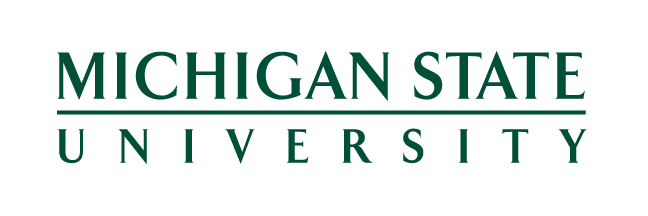
Tara Kilbride
Michigan State University, EPIC
Jared Robinson
Michigan State University, EPIC
Kaitlin Torphy
Michigan State University
A Policy Brief from EPIC
Collective Bargaining in Michigan School Districts: A Primer
June 2018
This policy brief provides an overview of collective bargaining agreements (CBAs) in the state of Michigan. It explains differences across National Educational Association (NEA) and American Federation of Teachers (AFT) union contracts and explores the content areas that are typically negotiated.
KEY FINDINGS INCLUDE:
- A collective bargaining agreement (CBA) is a contract negotiated between an employer and a labor union that governs terms of employment, working conditions, and various rights and responsibilities of both employer and employee
- Although CBAs vary in scope, compensation, working conditions, and discipline/grievance procedures are covered by more than 90% of Michigan teacher contracts
- CBAs are the most determinative in urban districts and NEA-affiliated districts
What is a Collective Bargaining Agreement?
A collective bargaining agreement (CBA) is a contract negotiated between an employer and a labor union that governs terms of employment, working conditions, and various rights and responsibilities of both employer and employee. In the United States, most public school districts negotiate CBAs with local unions that represent teachers and sometimes other school employees. Nearly all local teachers’ unions are affiliated with one of two national organizations: either the National Education Association (NEA) or the American Federation of Teachers (AFT). The vast majority of local teachers’ unions are NEA affiliates, but many of the largest urban districts in the country have AFT-affiliated unions. As a result, the AFT has about half as many members as the NEA despite affiliating with a much smaller fraction of school districts. Mirroring national numbers, in Michigan, 94% of teachers’ unions are affiliates of the Michigan Education Association (MEA, a state affiliate of NEA), while 5% are affiliates of AFT Michigan, and 1% are not affiliated with either. AFT-MI districts include the Detroit Public Schools Community District and the Dearborn City School District, the first and third largest districts in the state, so although there are very few AFT-affiliated districts, these districts tend to have far more teachers than typical MEA districts.



